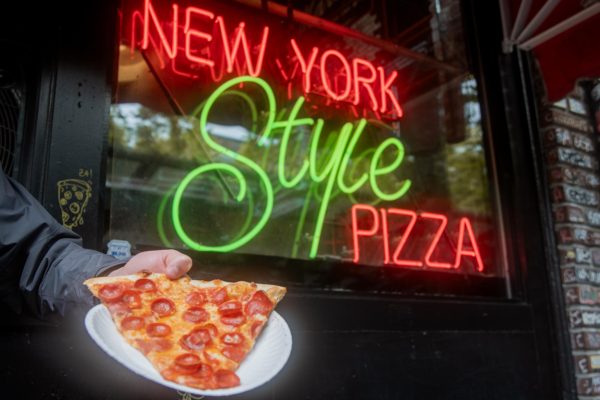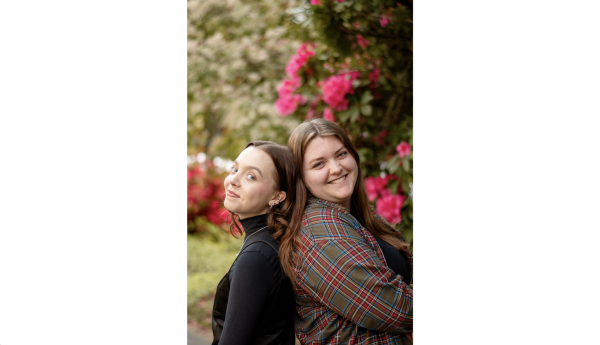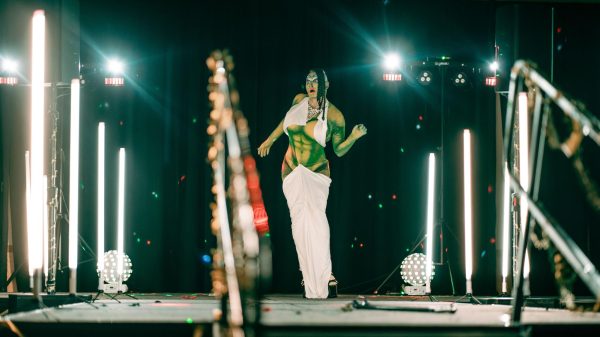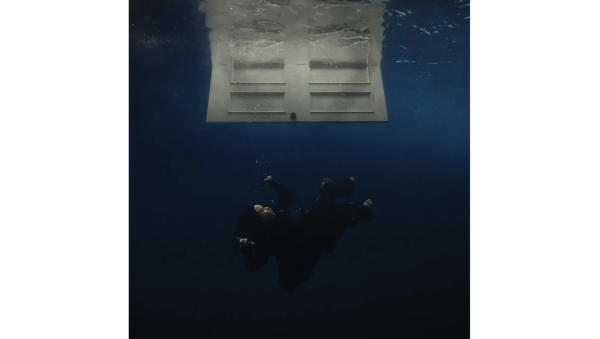WandaVision Entraps With Past Easter Eggs and Future Possibilities

Greetings, and welcome to the Stepford suburbia. Please remember, the idyllic neighborhoods featured within are entirely manufactured. Some of the most common features include: an inevitable white picket fence, a dog and a fully functional nuclear family with two and a half kids. The banality of this lifestyle, set in the 1950’s and laden with “I Love Lucy” references, is unsurprising. In fact, it’s just one of hundreds of little things that deliberately don’t quite add up in the recently released sitcom “WandaVision,” which premiered Jan. 15 on Disney+.
The mini-series is setting the stage for what’s to come in phase four of the Marvel Cinematic Universe (MCU), as the first of many new series planned to debut on Disney Plus. The project is zany in a way that deliberately avoids many of the expectations built up from over a decade of Marvel films.
For longtime Marvel fan and fourth-year Seattle University computer science major, Emma Zucati, this unexpected departure in format has been nothing but positive. She sees it as an exciting step into integrating television shows into the MCU experience.
“Disney has made a lot of announcements and this shows they’ve got what it takes to make them [TV shows] genuinely good,” Zucati said.
“WandaVision,” which reprises Elizabeth Olsen as Wanda Maximoff and Paul Bettany as Vision, is set in the cozy town of Westview. Here, Wanda lusts after an idealized suburban lifestyle. Taking cues from television shows, she learns to make a life with her husband that allows her to strive for the simple things: a meaningful anniversary dinner, the acceptance of her neighbors and even the presence of children within their lives.
These desires seem simple, but in the context of the greater MCU, should be impossible to fulfill. So, what’s really going on?
For one, the show seems determined to straddle the line between adorably nostalgia-inducing and reliance on format over characters. Beginning with a bit of 50’s pastiche, audiences meet Wanda and Vision, who must conceal their true selves, either through appearance or abilities, from nosy neighbors and busy bosses. This is done in a comedic fashion, with little angst and plenty of light-hearted shenanigans that involve levitating food and creating silly distractions via impromptu karaoke sessions. The A-line swing dresses and black-and-white cinematography only add to this effect.
For the most part, the show’s charm sticks around. The authenticity that Olsen and Bettany bring to the screen as a couple is difficult to argue when they’re busy offering words of encouragement and sticking through one another’s adorable, lovestruck shenanigans.
However, as the season continues on, so too do the cultural sitcom references. This part of WandaVision is divisive. Some fans, like Zucati, are appreciative of the history that WandaVision lovingly integrates into each episode.
“I’m obsessed with this show. I love sitcoms and I love how the show is an ode to that,” Zucati said.
Making this the cornerstone of each episode is part of a gimmick that falls out of favor relatively quickly. Instead of letting the characters do the talking, “WandaVision” chooses to retread decades of old ground in the form of sitcoms past. Each new episode brings a new decade of fashion and iconic television shows to delve into. Comical homages to the 1960’s show, “Leave it To Beaver,” are replaced with “That 70’s Show” and “Full House”-esque teased hair and set design straight from the home of Danny Tanner himself.
This comfortable suburban lifestyle, punctuated by references galore, takes upkeep. The residents of the town, such as Wanda’s best gal-pal Agatha Harkness, played by Katheryn Hahn, seem equally as absorbed in playing out suburban life as a microcosm of the typical American experience. Though Agatha and Geraldine, played by Teyonah Parris, display more self-awareness for their own limitations, they and others are merely supporting characters whose flat backgrounds and lacking character arcs are left deliberately untouched for much of the show. They prop up Wanda and Visions’ adventures, but they do not contribute to them. This makes the viewing experience reliant on Olsen and Bettany’s performance, but the duo does deliver.
Even as the couple grows into veterans of the neighborhood, further danger looms in the background, threatening to interrupt the charming little life they have built for themselves. Viewers catch glimpses of a creepier reality when Queen Cul-de-sac Dottie Jones’ blood bleeds red in an otherwise colorless world, the radio interrupts itself to call out Wanda’s name in concern, and interlopers attempt to get into Westview for unknown means.
These eerie events set the stage for big revelations to come, and open up a pathway into a whole new saga for the MCU, adding to the excitement fans are feeling after the studio chose to put multiple projects on hiatus in 2020.









